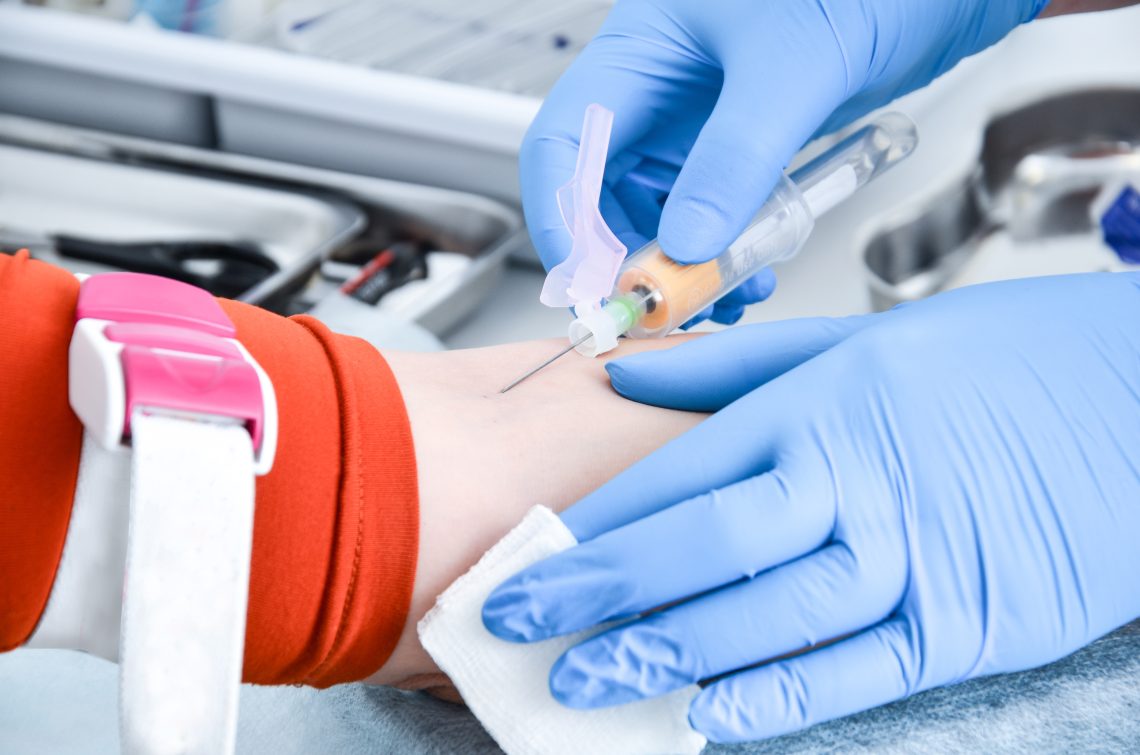Welcome to the dynamic world of phlebotomy! This healthcare profession is rich with opportunities for growth and fulfillment. As a prospective phlebotomist, you may be curious about the process of becoming one – more specifically, the structure of phlebotomy classes. This comprehensive guide aims to provide you with a detailed insight into the phlebotomy class structure, the topics covered, and the certification process.
We’ll walk you through the different stages of phlebotomy education and offer practical tips to help you excel in your course. By the end of this guide, you’ll have a strong understanding of the phlebotomy class structure and will be eager to embark on your journey toward becoming a certified phlebotomist.
Basics of Phlebotomy Training Programs:
Phlebotomy training programs are designed to teach students the fundamental aspects of blood collection for clinical testing, research, and transfusions. The structure of these programs typically consists of two primary components: classroom lectures and hands-on practical exercises. The duration of phlebotomy courses varies from one institution to another, but most programs can be completed in 4-6 months. Several community colleges, vocational schools, and specialized training centers offer phlebotomy training.
Classroom Lectures:
The classroom component of phlebotomy classes covers essential theoretical knowledge required to become a skilled phlebotomist. Here are some key topics covered in classroom lectures:
Anatomy and physiology: Students learn about the circulatory, respiratory, and immune systems, concentrating mainly on the veins and arteries used in blood collection.
Medical terminology: An understanding of medical terms and abbreviations is essential for effective communication in any healthcare setting.
Blood collection procedures: Students learn various techniques for blood collection, such as venipuncture, capillary puncture, and butterfly needle technique.
Safety and infection control: As healthcare professionals, phlebotomists must adhere to strict safety protocols to prevent contamination and transmission of infections.
Equipment and supplies: Students become familiar with blood collection equipment, such as needles, syringes, vacutainers, and tourniquets.
Practical Training:
 Hands-on training is an integral part of phlebotomy classes. This component provides students with the opportunity to practice blood collection techniques under the supervision of experienced instructors. Students learn to apply their theoretical knowledge in real-life situations, which is critical for building competence and confidence. Practical training may be conducted on campus using simulation equipment or in affiliated healthcare facilities.
Hands-on training is an integral part of phlebotomy classes. This component provides students with the opportunity to practice blood collection techniques under the supervision of experienced instructors. Students learn to apply their theoretical knowledge in real-life situations, which is critical for building competence and confidence. Practical training may be conducted on campus using simulation equipment or in affiliated healthcare facilities.
Clinical Externship
Participation in a clinical externship during a phlebotomy program can offer students numerous benefits. By working alongside experienced practitioners in real-world settings, students can improve their phlebotomy skills, gain valuable insights, and receive hands-on training. Additionally, externships can provide networking opportunities and serve as stepping stones to future job placements. Ultimately, these practical experiences can help students better prepare for success in the field of phlebotomy.
Upon successful completion of the phlebotomy program, you will need to apply for certification from an accredited organization. Certification requirements vary by state and employer but most typically involve passing a written examination and demonstrating competency in blood collection. Popular certification agencies are the American Society for Clinical Pathology (ASCP), National Healthcareer Association (NHA), and American Medical Technologists (AMT).
In conclusion, the structure of phlebotomy classes comprises essential theoretical knowledge, practical training, and real-life clinical experience. As a prospective phlebotomist, investing your time and effort into understanding and mastering these components will set you on the path to a successful and rewarding career. It’s crucial to choose a reputable institution for your training and stay updated with the latest industry developments. Remember, a career in phlebotomy is not only about skillful needlework but also patient care and professional
Read more fashion articles at ClichéMag.com
Images provided by Adobe Stock, Flickr, Unsplash, Pexels, Pixabay & Creative Commons




